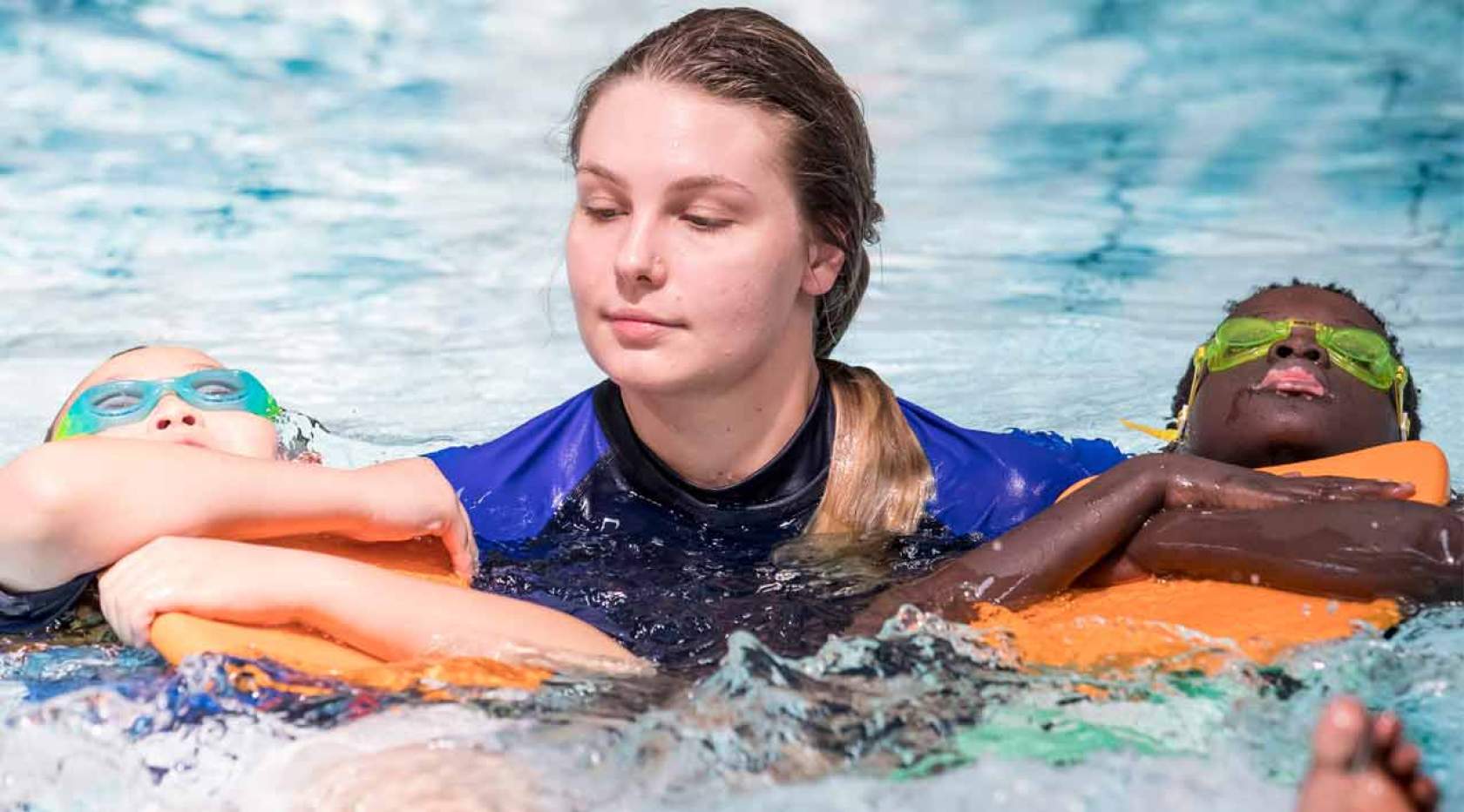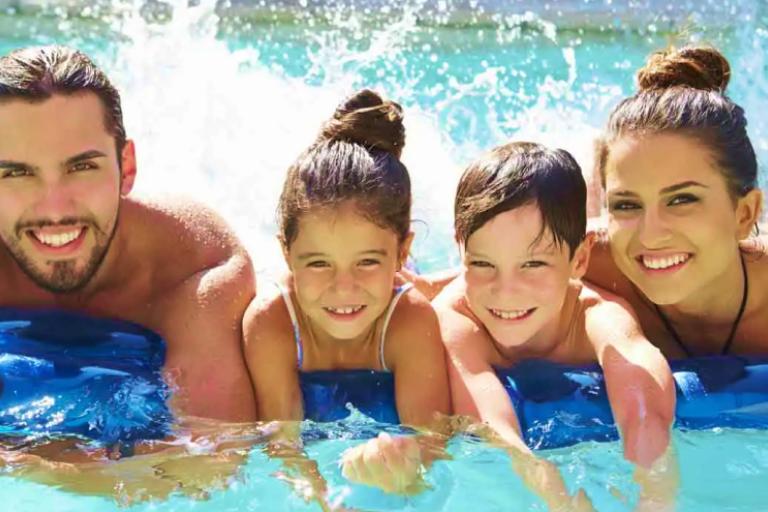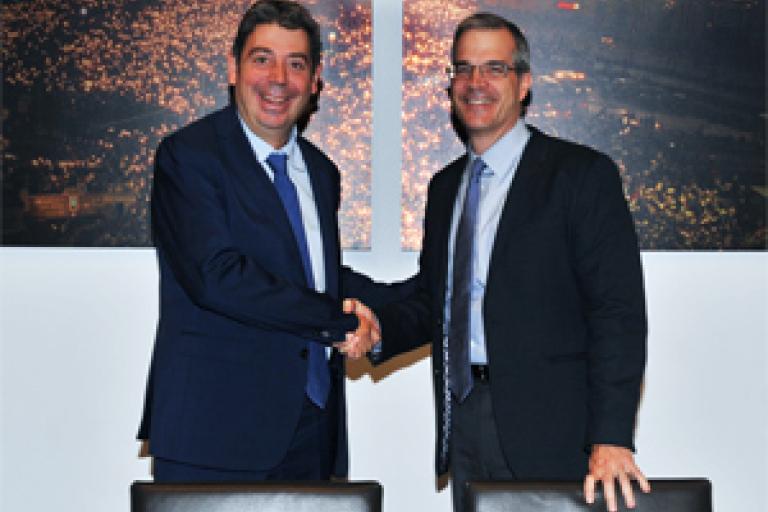Benchmarks upgraded for Australian swimming lessons

The Royal Life Saving (RLS) published its latest National Swimming and Water Safety Framework for learn to swim (LTS) programs in Australia last year, which sets out benchmarks for children participating in swimming and water safety lessons.
Among the benchmarks are the recommendations that children should be able to swim continuously for at least five metres by six years of age, 50 metres by 12 years and 400 metres by 17 years.
With early reports showing that some parents may be reluctant to re-enrol their children in swimming lessons due to the covid-19 pandemic, RLS is keen to highlight why swimming and water safety skills are essential for fun, fitness and safety, especially as summer approaches.
CEO Justin Scarr says that swimming is an intrinsic part of the Australian way of life, meaning swim lessons actually save lives.
“Royal Life Saving is asking parents: can your 10-year-old swim 50 metres freestyle and tread water for two minutes? If not, we urge you to speak with your local swim school now.”
The National Swimming and Water Safety Framework reinforces the importance of freestyle and backstroke swimming strokes, as well as water safety skills such as survival strokes, treading water and rescue techniques to keep children safe in water.
The framework has been re-developed in partnership with experts from industry organisations, including AustSwim, Swimming Australia and ASCTA. While it aims to inform Government policy makers and swim schools, it is an important resource for parents to understand the lifelong benefits that learning to swim provides.
The framework provides three benchmarks for children at age 6, 12 and 17 years. Royal Life Saving believes that:
• Every Australian at the age of six years should be able to swim continuously for at least five metres, submerge and move through an obstacle, and identify people and actions to help in an aquatic emergency;
• Every Australian at the age of 12 years should be able to at least tread water for two minutes and swim continuously for 50 metres, rescue a person using a non-swimming rescue technique with non-rigid aids, and perform a survival sequence wearing clothing;
• 50 per cent of all Australians at the age of 17 years should be able to tread water for five minutes, swim continuously for 400 metres, rescue an unconscious person in deep water, and perform a survival sequence wearing heavy clothing.
Royal Life Saving data shows that 75 per cent of children stop swimming lessons before the age of nine years and that 40 per cent of 12-year-olds are not achieving these benchmarks.




